21st Century Decision Making
One of the characteristics of successful people is their ability to make quick decisions. It has been said that “successful people make decisions easy, quick and very seldom change, and unsuccessful people take a long time to make a decision then change easily.”
Webster’s dictionary defines “decision” as the quality of being positive and firm, a decisive result! Decision comes from the Latin root “ci-dere” which literally means to cut from. It means when we decide to do something then we need to cut away all other possibilities. Remember the story of Hernan Cortes who sailed from Cuba to Mexico in 1519 with plans to conquer the Aztec empire. He succeeded in conquering the Aztecs but found many other great challenges and difficulties. Many of his crew wanted to sail back to Cuba when Cortes made the decision to burn the ships. This left them no other opportunity but to succeed in this new land which they did forming the little town called Veracruz. Maybe you have some decisions where you need to burn the ships.
“Once you make a decision, the universe conspires to make it happen.”
~ Ralph Waldo Emerson ~
We all know of times when we made decisions quick and with confidence and times when we were completely indecisive. If you can recall I am sure the quick and easy decisions was when you were knowledgeable and confident in the area of decision. Of course confidence is key, and confidence tends to come from competence and clarity. If you are clear about your goals, clear about who you are and have competence in a particular field then I am sure that decisions come easy, you can make them quick with confidence and no need to change.
Let’s have a look at the latest science on Decision Making:
The Science on Decision Making
2014 Allen Edwards Psychology Lectures at the University of Washington
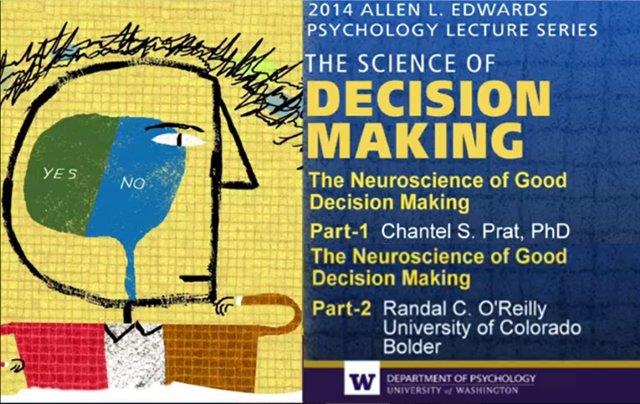
[The Neuroscience of Good Decision Making, Part 2 – 2014]
Professor Randal O’Reilly shares his labs research and insights into Goal Representations and Decision Making processes of the human brain. Quote “According to “Behaviorism” we are the sum of our reward history.” and their research demonstrates the significance of two main phases of Cognitive Function.
- The choosing of a goal (largely a decision making process)
- And Goal Engagement, and when fixed in our brain the pursuit of the goal promotes dopamine bursts when making progress and achieving steps and dopamine dips when moving further away from the goal.
He demonstrates how these systems function with common issues I am sure we can all relate to:
- Why is it hard to start projects? Your brain cares a lot about the costs when you’re in Goal Selection Phase, it is comparing to other things you could be doing and it is very tuned in to how much effort it was to doing that kind of project before and your brain can downplay the costs.
- Why do I feel in or out of control? When a Goal is Engaged our brain is engaged and feel in control but when in Goal Selection and if difficult selecting the goal then everything seem impossible. [Daniel: I am going through this big time now when working on new business model . When the goal is clear and progress is being made it is all good and I am confident but when I am trying to select the next goal everything does seem impossible and low motivation and confidence.]
- Why does science persist with confirmation bias? We just can’t help it. Our brain craves incremental progress. We have an idea, we have engaged that as a goal, we think it is true, we want it to be true, and want progress toward the thing so our brain persists.
[The Neuroscience of Good Decision Making, Part 1 – 2014]
Chantel S. Prat share her research on individual differences and the Go-NoGo pathways in our brain when it involves decision making. Other studies found that the influence of dopamine on the Go & NoGo decision making pathways was significant. That the more the Go pathway is functioning the more the person will make their decision on seeking correct answers and the more the NoGo pathway is functioning the more the person will make decisions by avoiding things that are incorrect.
An excellent lecture series to raise your awareness of how we make decisions.
Kahneman on Intuition in relation to Decision Making
Daniel Kahneman is an Israeli-American psychologist notable for his work on the psychology of judgment and decision making, as well as behavioral economics, for which he was awarded the 2002 Nobel Memorial Prize in Economic Sciences (shared with Vernon L. Smith). From <https://en.wikipedia.org/wiki/Daniel_Kahneman>
Kahneman studies “Systematic errors in judgment and decision making” and shows evidence that our judgments and intuition is not really as good as we like to think it is. There is some debate about how much we can trust in expert judgement and describes a couple of stories, one of a firefighter makes a call to get off a building when soon after the building explodes and the firefighter did not know why he made the call. Another example of a nurse that returns home and see her father and says we need to go to the hospital now and like the previous story she did not know exactly what it was but later learned that she saved her father from having a heart attack.
It is also mentioned that professional athletes have an incredible ability to predict where the ball or people might be two or three critical seconds from now and adjust their actions to meet the situation. Those stories and many others like it make us marvel at the human intuition.
But the data tells a different story. Kahneman claims out of some 150-180 studies on comparing people to a very simple combination of variables (a formula) that the formula wins every time with very little exceptions. That the so called experts at making judgments of picking a stock, what will happen in an election or CIA analysists can’t do any better than you and I and much worse than a simple algorithm.
To understand the difference between the professional athlete and the CIA analyst we have to understand the psychology of intuition which Kahneman explains describing the two main ways of thinking he calls System 1 and System 2:
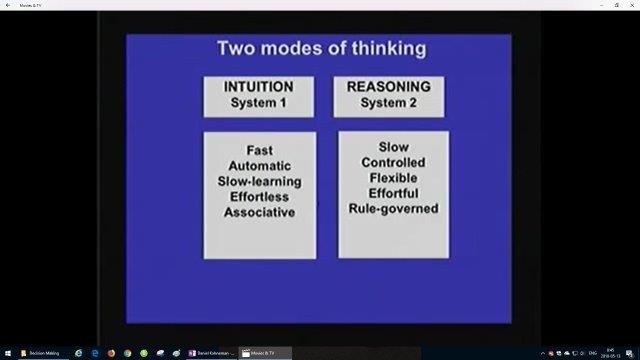
We are all familiar with our conscious and unconscious brains but might not know how they affect our decisions. Kahneman claims there is a lot of literature that is not well-known in the business world that shows how unreliable professional judgment is because of the way these two systems function.
In an interview by author Daniel Pink, Kahneman reveals insights into our decision making with a lot of talk about how algorithms outperform expert judgment. Quote; “In about half the studies, half of the time the algorithms beat the experts and in the other half it’s a draw, there is little to no evidence that expert judgment does better than intelligently constructed formulas.”
It is a little complex to summarize his explanations of these two systems so best to hear it from the author himself so encourage you to read his book “Thinking, Fast and Slow” or watch the lectures listed in the resource section below.
Gigerenzer on Decisions under Uncertainty
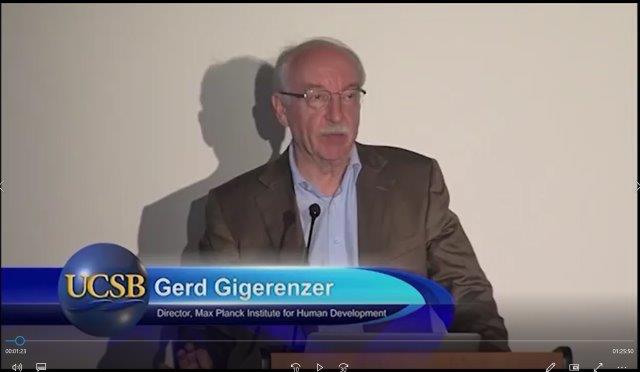
Gerd Gigerenzer is a German psychologist who has studied the use of bounded rationality and heuristics in decision making. Gigerenzer is director emeritus of the Center for Adaptive Behavior and Cognition (ABC) at the Max Planck Institute for Human Development and director of the Harding Center for Risk Literacy, both in Berlin, Germany. From <https://en.wikipedia.org/wiki/Gerd_Gigerenzer>
From Gigerenzer’s lecture [Gerd Gigerenzer Risk Savvy How to Make Good Decisions] Gerd shows us some science that demonstrates heuristics is often most effective with complex problems and high uncertainty.
A heuristic technique, “find” or “discover”, often called simply a heuristic, is any approach to problem solving, learning, or discovery that employs a practical method not guaranteed to be optimal or perfect, but sufficient for the immediate goals. Where finding an optimal solution is impossible or impractical, heuristic methods can be used to speed up the process of finding a satisfactory solution. Heuristics can be mental shortcuts that ease the cognitive load of making a decision. Examples of this method include using a rule of thumb, an educated guess, an intuitive judgment, guesstimate, stereotyping, profiling, or common sense. From https://en.wikipedia.org/wiki/Heuristic >
Dealing with Indecision:
Common Pit Falls in Decision Making:
- An unwillingness or inability to think critically or put the problem in context.
- An unwillingness to think ahead just not make the decision now and let things play out.
- An unwillingness to seek and get advice from people with experience in the area of the decision.
- An unwillingness to be real, with one self and or the situation.
- An unwillingness to be aware of and or discount personal biases.
Pitfall #1:
Of course critical thinking is important in our fast paced, social media driven world. Your decisions should be thoughtful, considerate, encompassing other people, the environment and society as a whole. Ponder the advice given by the experts highlighted in this article, ask yourself big questions and involve other people. In that process you will gained fresh insights and have learn more about yourself and the people your decision affect.
Pitfall #2:
All too often we put the cart in front of the horse then struggle to make decisions. I has been said that decisions are easy when you have all the facts. Don’t be in a rush to make a decision, that is when most bad decisions are made like speeding in a car is when most accidents happen. Get your priorities in order and do the more important things first and Cross that bridge when you get to it.
Pitfall #3:
Seeking advice seems to be a weakness of many, like men asking for directions when they are lost. Another part of being real with yourself. If you don’t have much experience then you not going to have good intuition (Daniel Kahneman) and you won’t be able to make a good decision, take more time to better understand the big picture and or get advice from those that do.
Pitfall #4:
Some of the problem is we get ourselves in situations where we bite off more than we can chew. This often comes when we are trying to be someone that we are not or do things that we really have no business doing. This is when we need to be real with ourselves and just walk away from that situation.
Pitfall #5:
I put bias at the end because this is probably one of the biggest factors that affect people from making good decisions. Possibly unaware of their many bias and our brains quick conclusions that are not always in our best interest. To that I dedicate the following information to help get a better handle on our personal biases:
Bias
Another key factor in decisions is being more aware of the many biases that move you, mostly unconsciously to make decisions that are usually not moving you toward a goal. The list of biases is quite long, see the below graphic and list of [Cognitive Biases on Wikipedia.]
This YouTube video [12 Cognitive Biases Explained – How to Think Better and More Logically Removing Bias] does an excellent job at explaining the 12 more common biases. This is a great video to watch and keep bookmarked for a review once in a while to remind us of our biases. Here is their list but be sure to watch the video for a full explanation of each point.
- Anchoring bias
- Availability heuristic bias
- Bandwagon effect
- Choice supportive bias
- Confirmation bias
- Ostrich bias
- Outcome bias
- Overconfidence
- Placebo bias
- Survivorship bias
- Selective perception
- Blind spot bias
Jennifer Whelan
[Unconscious Bias Jennifer Whelan-All About Women 2016]
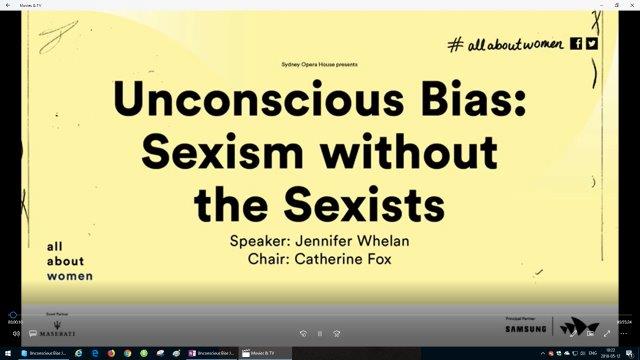
I have added Jennifer Whelan’s talk because she adds more science, two, she ties in Daniel Kahneman’s research on System 1 & System 2 into the highly relevant subject of gender in this ever growing political correct world. Jennifer asks a sexist question in the context of our sophistication, progressive world of people that like to think they are above all that racism, gender, sexist bias stuff so asks, Is it really possible to be truly egalitarian?
Understanding that our brain loves to put things in categories, and once we have a category our brain finds all the patterns that fit that category, then our confirmation bias kicks in to verify those patterns making judgments and decisions that are likely wrong and not helpful for you.
An amusing illustration in the above two screen shots with the fist slide being the actual distribution of the heights between men and women, men on average being a little taller with many in-between, but when you ask people to intuitively draw the distribution it comes out like the below slide which indicates “all women are shorter than all men”. It is funny how we stereotype and this is what our stereotype goggles (System 2) do, its unconscious and crosses all leadership stereotypes, and other gender related factors.
We don’t see people as they are, we see people as we are. We see them through our filters, the patterns in our brain. Quote; “Stereotypes drive our unconscious perceptions of warmth and competence and these dimensions are gendered.”
A truly informative and educational talk directly related to decision making. I hope you take the time to listen to how and why we unconsciously form gender biases and find out if you are a sexist.
A Decision Making Process:
Understanding the difference between conscious (System 2) and unconscious (System 1) modes, the many biases that influence and make quick conclusions, reflect on our boxes and categories and we should be in a better position to make better decisions.
If some critical thinking is necessary then the following questions should help get a broader perspective especially if you’re dealing with a problem or decision in an area you have no expertise so don’t trust your intuition or a high uncertainty as described above.
- Does this decision bring you closer or further away from your goal? Yes or no
- What is your gut feeling, listen to that inner voice? Yes or no
- Weight the pro’s and con’s, create a 2 column chart and list as many positives and negatives you can simply to gain a broader perspective, Gerd calls it old school but still very powerful depending on the decision.
- Hindsight is always 20/20. Reflect back and think about how similar situations and how they worked. Positive or Negative?
- Look at the circumstances surrounding this decision:
a. Are doors open or closed? Yes or no
b. Do I have the emotions (ability to manage) to deal with this? Yes or no - Look for guidance, talk to some experts on the subject and be real, be honest and be humble as there is nothing wrong with not be sure what to do and a lot wrong with making stupid mistakes.
- Re-watch the resources if you haven’t already internalized the concepts and apply them on a regular bases.
- Don’t be afraid to just not make the decision and wait some time, getting other more important tasks done first.
I have used this many times before and found it to be very helpful for making decisions but what became more helpful was the point of going through a process, having questions to engage critical thinking, pondering my biases and through the process and the more I made decision the better I got.
Conclusion:
Having gone through being a regular guy making mostly bad decisions not based on any solid evidence or expertise, being driven more from biases because of being totally unaware of to a highly effective decision maker able to make decisions quickly and easily it seems those who have a well formed world view and confidence in themselves as a human, comfortable in their own skin and a good sense of reality with awareness of their personal biases make the best decisions effortlessly and accurately.
What made the most difference in my life was having clear goals, a clear mission for direction and having my “why’s” sorted out. From that I was able to prioritize the important stuff so only made decision when I crossed those bridges and then it was easy, quick and no need to change.
I would like to conclude with some comments from Kahneman near the end of the interview by Daniel Pink [Daniel Kahneman Wharton People Analytics Conference 2016]
“There is so much random activity in this world that you have to be prepared for luck. One thing the luck message brings is to be more compassionate of others failures in people. The constant thing we do of trying to figure out what people have done wrong, because things have gone wrong, is something we do far too much of. Over explain and over blame.”
Resources:
2014 Allen Edwards Psychology Lectures at the University of Washington
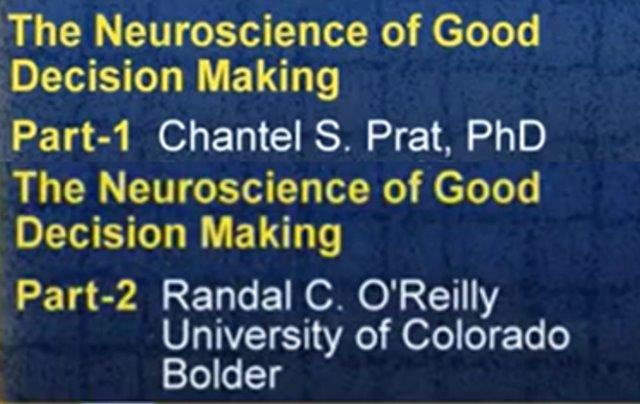
[The Neuroscience of Good Decision Making, Part 1 – 2014]
[The Neuroscience of Good Decision Making, Part 2 – 2014]
Daniel Kahneman
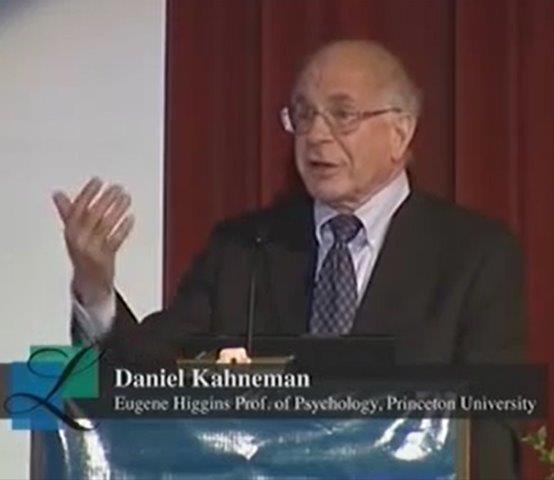
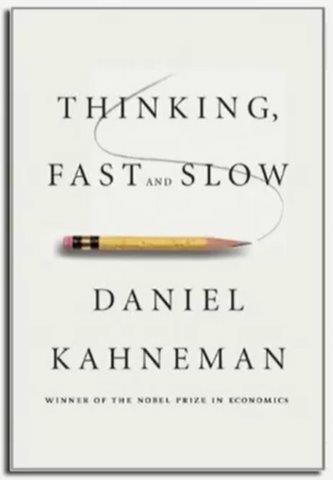
[Daniel Kahneman – Thinking, Fast and Slow _ Talks at Google] 2011
[Daniel Kahneman Explorations of the Mind Intuition] 2007
[Daniel Kahneman Wharton People Analytics Conference 2016] 2016
[Daniel Kahneman – The Ingredients for Expert Intuition – Insights for Entrepreneurs – Amazon]
Gerd Gigerenzer
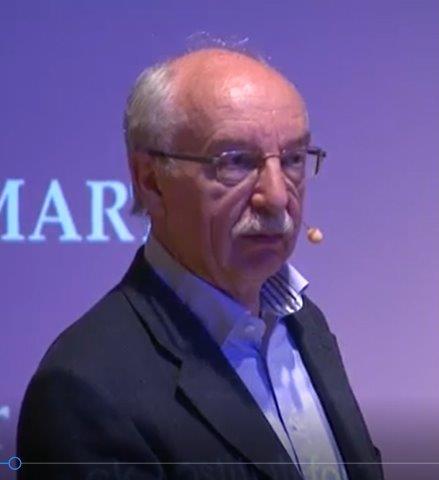
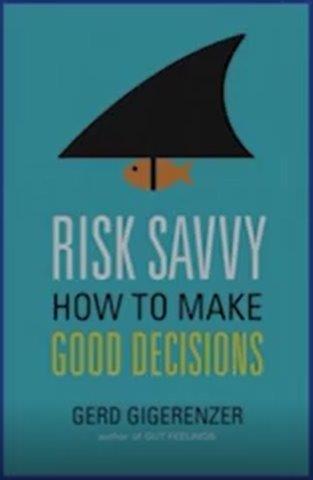
[How do smart people make smart decisions _ Gerd Gigerenzer _ TEDxNorrköping]
[Gerd Gigerenzer Risk Savvy How to Make Good Decisions]
Jennifer Whelan

[Unconscious Bias Jennifer Whelan-All About Women 2016]
Excellent talk and bang on for the current climate of Politically Correct non-sense embracing the world. Find out if you are a “Sexist”.
University of Edinburgh School of Philosophy
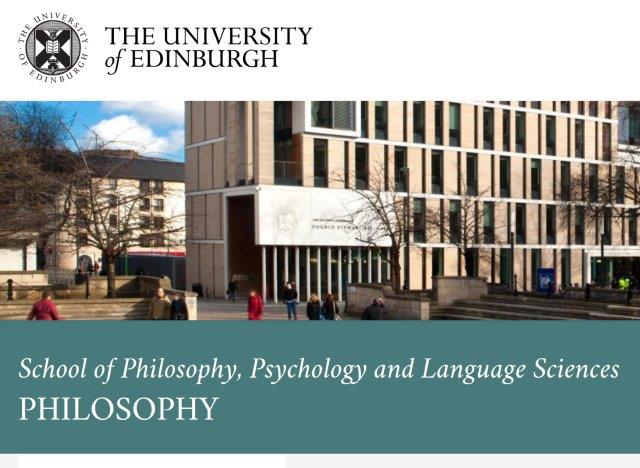
MOOC: Intellectual Humility: Theory
About the Course
Intellectual humility is important. Often when faced with difficult questions people are prone to dismiss and marginalize dissent. Political and moral disagreements can be incredibly polarizing, and sometimes even dangerous. And whether it’s Christian fundamentalism, Islamic extremism, or militant atheism, religious dialogue remains tinted by a terrifying and dehumanizing arrogance, dogma, and ignorance. But what is intellectual humility, anyway? And how do we develop such a virtue? And why do people seem so drawn toward intellectual arrogance? These are big, important questions! And thankfully, over the past several years, a growing number of psychologists, philosophers, theologians, and educationalists have been wrestling with these questions and are now suggesting some big, important answers. From <https://www.ed.ac.uk/ppls/philosophy/research/impact-and-outreach/free-online-courses/intellectual-humility>
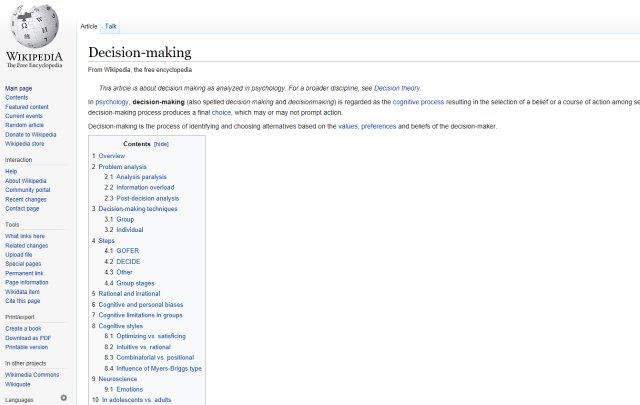
And of course the Wikipedia Page has an excellent overview which makes a good initial study.
https://en.wikipedia.org/wiki/Decision-making


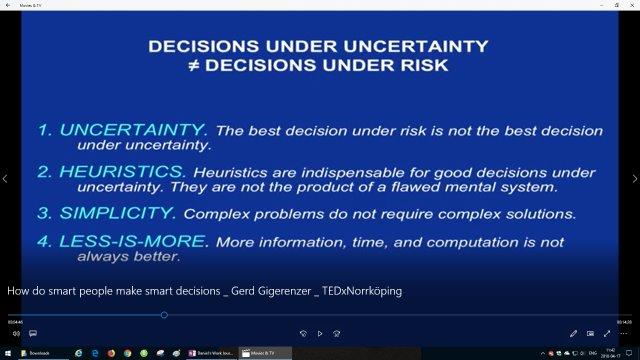
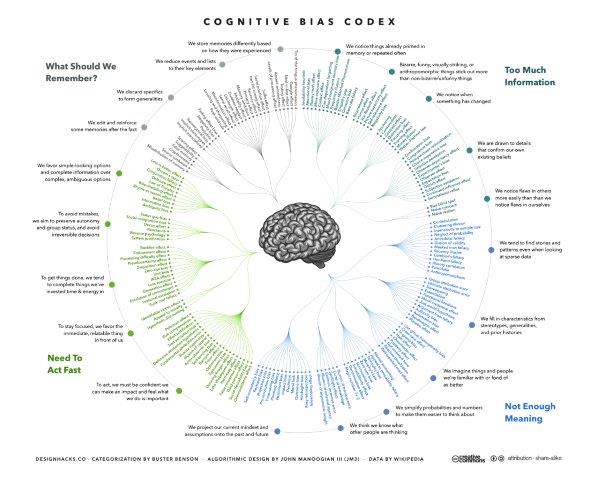
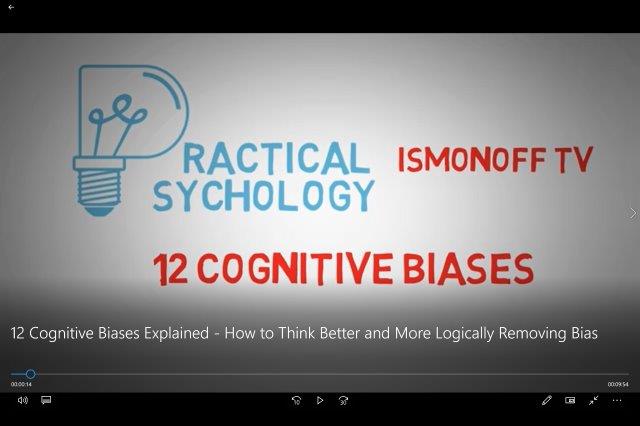
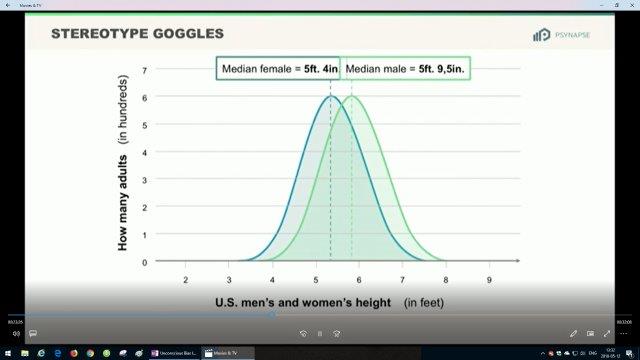
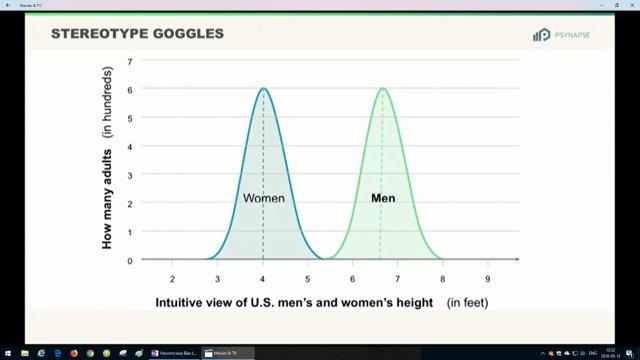
Definitions key to discussions: